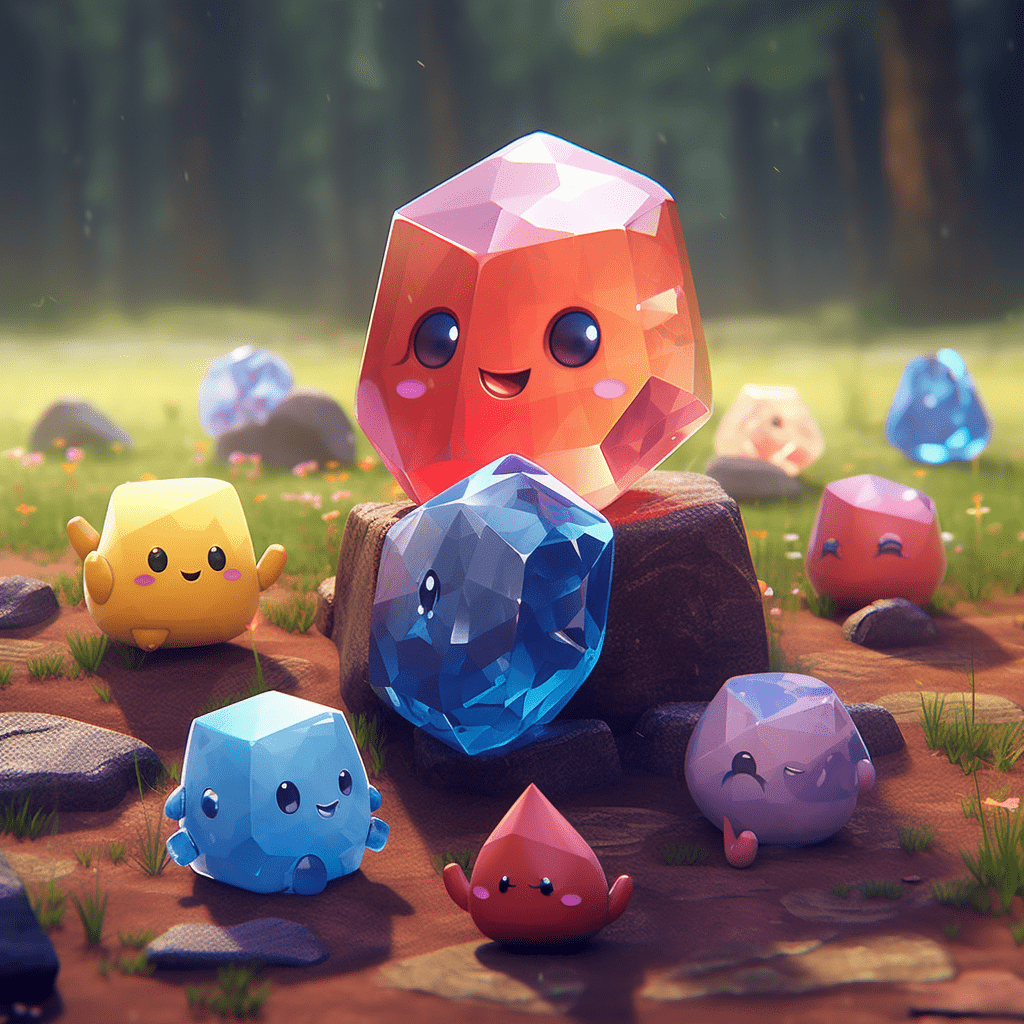In the fascinating landscape of blockchain technology, smart contracts stand as a revolutionary tool that transforms the way we create, share, and interact with digital assets. One crucial application of smart contracts is within the world of Non-Fungible Tokens (NFTs), where they are used to create unique digital items that are both rare and verifiable. In this realm, ERC721a contracts play a crucial role. They represent a significant evolution of the original ERC721 standard, offering a more gas-efficient solution for NFT creation and transaction.

Understanding Smart Contracts
Before we delve into the specifics of the ERC721a contract, it’s essential to grasp what a smart contract is. A smart contract is a self-executing contract where the terms of the agreement between the buyer and the seller are directly written into lines of code. The code and the agreements it contains exist across a distributed, decentralized blockchain network.
Smart contracts allow transactions and agreements to be carried out without the need for a central authority, external enforcement mechanism, or legal system. They render transactions traceable, transparent, and irreversible. Smart contracts are the backbone of many blockchain platforms, including Ethereum, which is the home for the ERC721 and ERC721a standards.
Enter ERC721: The First NFT Standard
The ERC721 standard was the first Ethereum-based standard that brought NFTs into the limelight. It is a free, open standard that describes how to build non-fungible tokens on the Ethereum blockchain. Non-fungible, in this context, means that each token has a unique value and distinct information that sets it apart from other tokens.
ERC721 smart contracts ensure that each NFT has a unique identifier, which establishes its uniqueness. This standard quickly became popular for projects involving digital art, collectibles, and virtual real estate.
The Evolution to ERC721a Contracts
Despite the advantages of ERC721, developers noticed that minting new NFTs and transferring them between addresses could be quite gas-intensive, leading to high transaction costs on the Ethereum network.
This is where ERC721a contracts come into play. Also known as ERC721x, this contract standard is an extension of the original ERC721, but with optimizations that make it more gas-efficient. This is particularly valuable when dealing with NFTs that belong to a multi-token class, where many NFTs share similar characteristics but are still uniquely identifiable.
ERC721a achieves this efficiency by grouping multiple NFTs of the same class together in a single transaction, significantly reducing the gas cost compared to the original ERC721 standard. It uses batch operations for minting, burning, and transferring tokens, thereby optimizing these actions when performed on a large scale.
The Role of ERC721a in the Broader Context of Smart Contracts
ERC721a contracts represent an evolution in the design and functionality of smart contracts in the context of NFTs. By optimizing the gas usage during transactions, they allow for a more scalable and efficient creation and transfer of NFTs on the Ethereum network.
Like their predecessor, ERC721a contracts are composed of a series of functions that enable users to discover the owner of a specific token, find out the total supply of tokens, transfer tokens from one account to another, and approve that a third party can control any number of tokens on their behalf. These functions are embedded into the smart contract and executed on the Ethereum blockchain, maintaining all the benefits of security, transparency, and immutability that blockchain technology offers.
ERC721a contracts not only enhance the functionality of NFTs but also illustrate the inherent flexibility of smart contracts. They show how existing contract standards can be evolved and improved to address issues like scalability and efficiency, further broadening the potential applications of blockchain technology.
ERC721a Contract’s Contribution to Decentralized Ecosystems

One of the most exciting aspects of ERC721a contracts is their potential to contribute to decentralized ecosystems. By reducing the gas cost of transactions, they enable a higher degree of scalability for NFT platforms. This is particularly crucial for platforms that host thousands or even millions of unique digital assets.
Moreover, ERC721a contracts can also promote the democratization of the digital art world. Lower transaction costs mean that it’s more affordable for artists to mint their artwork as NFTs, opening up the world of digital art to a broader array of creators. This extends the accessibility of blockchain technology and promotes its usage across different socio-economic demographics.
The Potential of ERC721a in Other Domains
While ERC721a contracts have found a particular niche within the NFT landscape, the principles underlying this contract could potentially be applied to other domains as well. Any sector that requires the handling of unique items or assets could potentially leverage this standard.
This could include supply chain management, where individual components or products need to be tracked and authenticated. It could also apply to sectors like real estate or intellectual property management, where assets are clearly distinct but might still share some common features.
Closing Thoughts

The journey of ERC721 to ERC721a is a clear testament to the continuous innovation taking place within the blockchain space. As developers and technologists uncover new ways to optimize and enhance smart contracts, we can only expect this landscape to grow more diverse and powerful. Whether you’re an artist looking to mint your NFTs, a developer building on Ethereum, or just an enthusiast eager to understand the latest advancements, it’s clear that the ERC721a contract is a significant development worth your attention.
